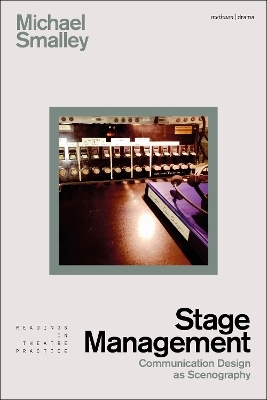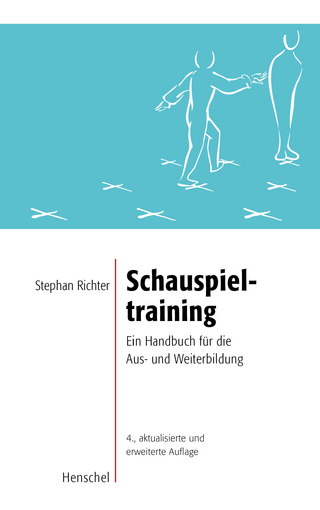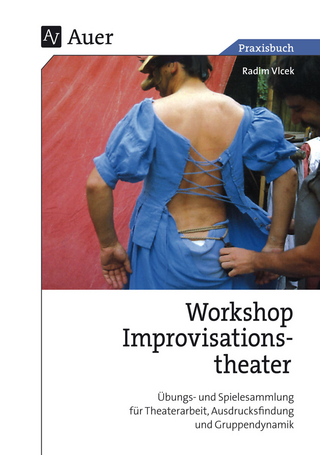
Stage Management
Methuen Drama (Verlag)
978-1-350-36054-9 (ISBN)
Questioning the notions of the invisible stage manager and a linear production process, it argues for a broader conception of stage management lying at the intersections of administration, management and artistry.
This volume places stage management practice within key theories drawn from the diverse fields of performance studies, semiotics, phenomenology, distributed cognition, management and scenography. It champions the creative agency of stage management and details the properties of communication which stage managers manipulate and the objectives they set out to achieve as a guide for decision making. While it considers the different approaches necessitated by productions from different cultures, genres, and so on, it offers a view of stage management which is not bound by these differences.
Michael Smalley is a theatre-maker, researcher and Senior Lecturer in Theatre Production at the Guildford School of Acting, UK. His professional practice has mainly involved stage managing many productions through the UK, Australia and Canada. He has also lectured in stage management, technical theatre and scenography at universities and presented his research at many academic conferences including the Prague Quadrennial.
List of Figures
Series Preface
Acknowledgements
Introductions
Assumptions
Synopsis
Interviews
Part One: Various Stage Management Approaches
Chapter 1 – Developments Over Time
Chapter 2 – Cultural Differences
Different Stage Management Approaches in the UK, North America and Australia
Intercultural Stage Management
Cultural Diversity and Stage Management
Conclusions
Chapter 3 – Content-driven Differences
Genre
Different Scales of Production
Conclusions.
Chapter 4 – Recent Developments
Communication Technology
Performance Technology
New Approaches to Maintaining Productions
Developments in Health and Safety Management
Conclusions
Chapter 5 – Three Models of Stage Management Practice
The Administrative Model
Features
Limitations
The Managerial Model
The Artistic Model
Artistry
Communication Design
Audience Experience
Conclusions
Part Two: Scenographic Stage Management
Chapter 6 – Scenographic Stage Management
Other Technical Theatre Disciplines
Scenography
Analysing Scenography
The Coordinates Model of Scenography
Conclusions
Chapter 7 – Objectives of Stage Management
Selective Information Flow
Targeted Information Flow.
Distributed Cognition
Controlling the Mood and Atmosphere
Translation
Conclusions
Chapter 8 – The Properties of Communication
Message
Mode
Distribution
Updates
Conclusions
Chapter 9 – Rationales, Implications and Conclusions
Rationales
Implications
Conclusions
Notes
Index
| Erscheinungsdatum | 13.01.2024 |
|---|---|
| Reihe/Serie | Readings in Theatre Practice |
| Mitarbeit |
Herausgeber (Serie): Simon Shepherd |
| Zusatzinfo | 4 bw illus |
| Verlagsort | London |
| Sprache | englisch |
| Maße | 156 x 234 mm |
| Themenwelt | Kunst / Musik / Theater ► Theater / Ballett |
| ISBN-10 | 1-350-36054-6 / 1350360546 |
| ISBN-13 | 978-1-350-36054-9 / 9781350360549 |
| Zustand | Neuware |
| Informationen gemäß Produktsicherheitsverordnung (GPSR) | |
| Haben Sie eine Frage zum Produkt? |
aus dem Bereich


